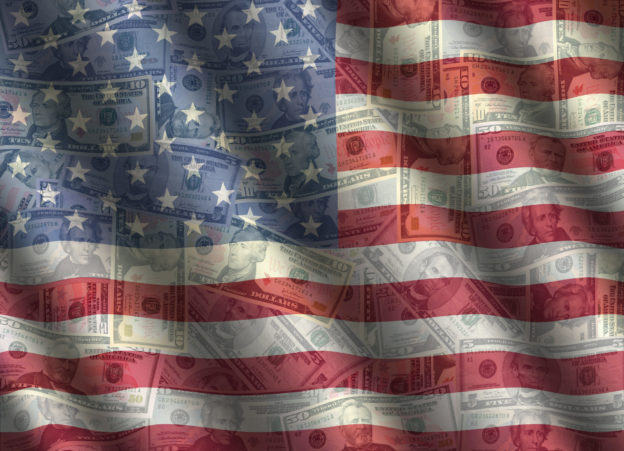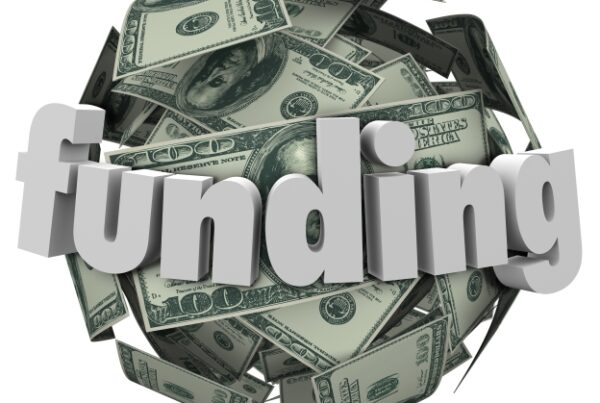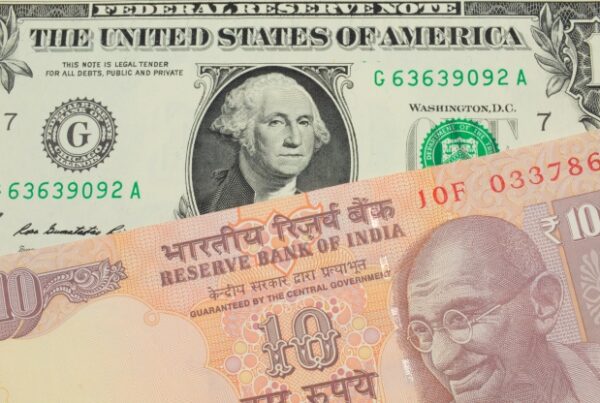
Despite increasing inflation, interest rates should remain low until late 2023, UMB bank tells assistant treasurers.
Economic growth turned negative at the start of the pandemic but is rebounding strongly as the United States advances through what some call the Great Rotation—major changes that Eric Kelley, executive VP and director of research and fixed income for UMB Bank, said should result in a strong reopening over the next 12 to 24 months.
- UMB Bank is a large regional bank serving mainly the Southeastern US and Mr. Kelley addressed members of NeuGroup for Large-Cap Assistant Treasurers.
- Interest rates are likely to remain on hold until at least late 2022, when the Fed may have to address inflation that UMB forecasts increasing to about 2.5% in the second half of next year.
- After rapid growth this year and next, the economy is likely to return to around 2% growth for the long haul.
The rotations. The most obvious rotation is from Covid cases to vaccinations, followed by the subsequent reopening of the economy. The new regime in Washington, D.C. is another big one, given the massive $4.9 trillion stimulus packages it already passed and trillions of dollars in additional federal spending it is seeking for infrastructure and other initiatives over the next decade.
- That spending, along with a $5 trillion increase in institutional and household savings accumulated during the pandemic, will more than adequately fund increased demand and consumption as the economy picks up speed.
- It will also fuel two less welcomed rotations: inflation and rising interest rates.
Inflation outlook. Inflation rose significantly in April, May and June compared to a year earlier. UMB largely agrees with the Fed that the spikes have been driven by prices rebounding in sectors that were hardest hit by pandemic shutdowns, such as airfares and hotels, and by recovery bottlenecks such as the shortage in computer chips.
- Five-year inflation expectations, a key Fed indicator, have climbed steadily since federal stimulus packages began in April 2020 and this year have hovered between 2.25% and 2.75%, a level that will prompt the Fed to raise rates if sustained.
- Price increases are likely to cool in coming months and “inflation will come back to around 2%, then grind steadily higher until it gets to the point where the Fed may raise rates,” Mr. Kelley said.
Rate increase not imminent. Mr. Kelley said the US economy is likely to grow at a rapid 6% this year but then settle closer to 2% as stimulus wanes and macroeconomic factors regain traction.
- Even if inflation starts steadily rising, the Fed is unlikely to raise rates until full-employment is reached, a hazy target that Mr. Kelley said rests around 4% unemployment.
- He noted that an improving economy will draw many of the five million people who stopped looking for work during the pandemic back into the labor force. “That will help keep unemployment from falling down to levels where the Fed has to react and raise rates” to stem overheating.
- Watch first for the Fed to begin tapering its purchase of Treasury bonds in about year, and then to start raising rates toward early 2023, Mr. Kelley said.
Leverage impact? An assistant treasurer asked about highly levered institutions and individuals that had taken advantage of record low rates, and if they would be adversely impacted by rate increases.
- Mr. Kelley said that corporates and individuals have “very wisely termed out their debt,” adding that rates would have to remain high for seven or eight years—the average duration of corporate debt—before their borrower and operating costs increased significantly.


